Tag: Dogs
-
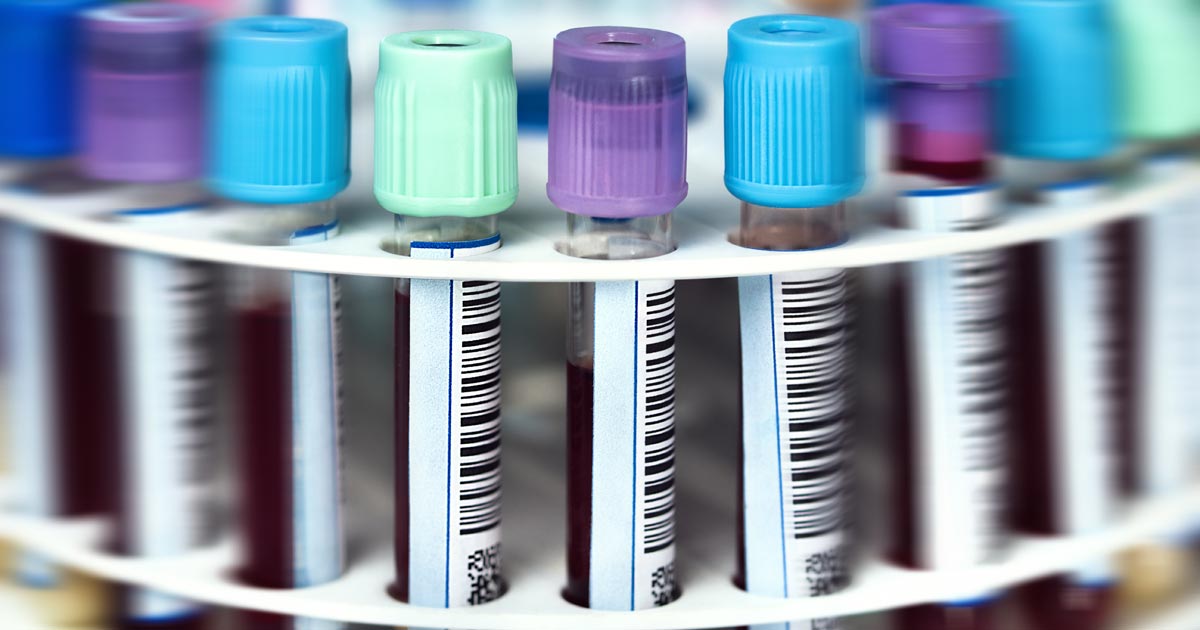
Ionised hypocalcaemia, pt 4: controversies and prognostic indications
—
by
Ionised hypocalcaemia (iHCa) is a well-known electrolyte abnormality in critical human patients, which is also beginning to be recognised in our critical feline and canine patients. The exact mechanism for the development of iHCa is still unknown – making prevention difficult, if at all possible. Controversy also exists as to whether treating iHCa is of…
-
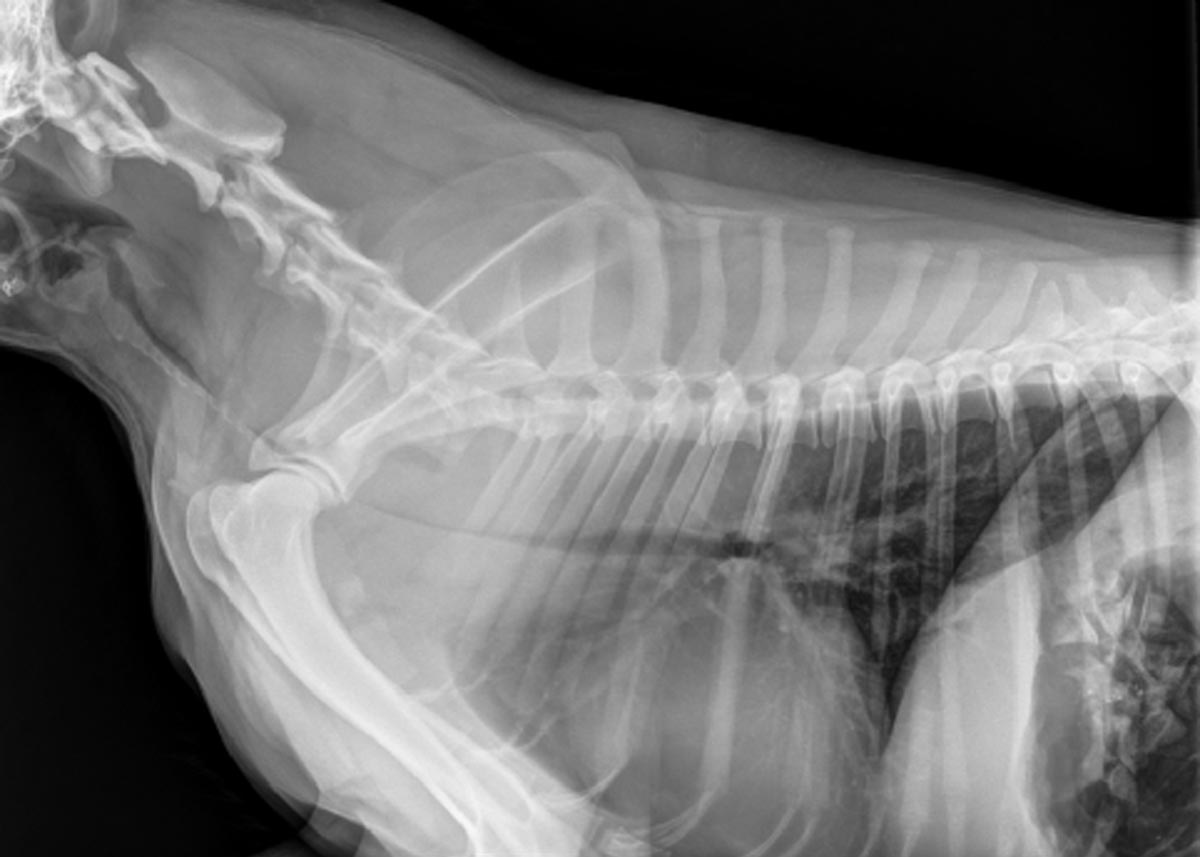
Rat bait’s sneaky trick: bleeding into the dorsal tracheal membrane
—
by
Most of us are familiar with anticoagulant rodenticide toxicosis and the range of clinical signs it can present with, but there is one potentially fatal manifestation of coagulation pathology that is perhaps not as widely known… Dogs with severe clotting problems will occasionally bleed into the dorsal tracheal membrane. This causes collapse of the thoracic…
-
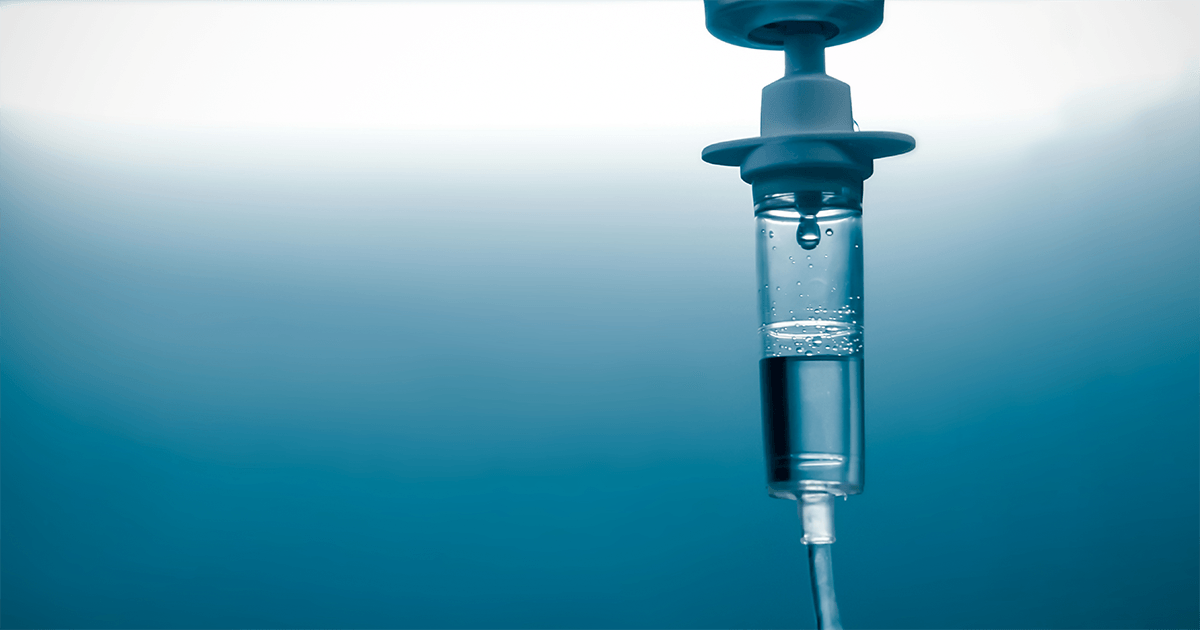
Ionised hypocalcaemia, pt 3: acute treatment and management
—
by
Treatment of ionised hypocalcaemia (iHCa) is reserved for patients with supportive clinical signs, then divided into acute and chronic management. Since the most common cases of clinical hypocalcaemia in canine and feline patients are acute to peracute cases, this blog will focus on the acute treatment and management of hypocalcaemia. Clinical signs The severity of…
-

Ionised hypocalcaemia, pt 2: eclampsia
—
by
As discussed in part one of this blog series, a myriad of disease processes can lead to ionised hypocalcaemia (iHCa). Despite this, only hypocalcaemia caused by eclampsia and hypoparathyroidism (primary or iatrogenic – post-surgical parathyroidectomy) are severe enough to demand immediate parenteral calcium administration. Hypoparathyroidism is quite rare, so this blog will not explore the…
-
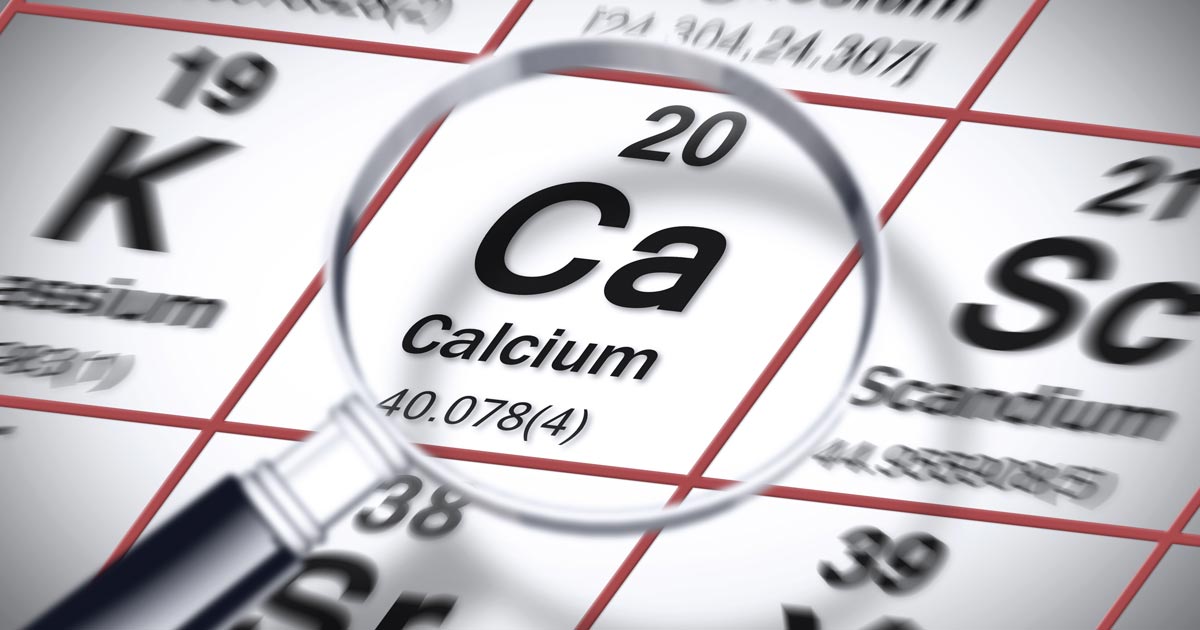
Ionised hypocalcaemia, pt 1: introduction
—
by
Low ionised calcium (iCa) is a widely recognised electrolyte disturbance in critically ill human patients who have undergone surgery, are septic, have pancreatitis, or have sustained severe trauma or burns. Similar changes occur in our critical canine and feline patients, though less well documented. Calcium plays a vital role in a myriad of physiological processes…
-

The why of veterinary science
—
by
In one of the last decade’s most influential books on motivation, Drive: The Surprising Truth About What Motivates Us, author Daniel Pink argues that the traditional motivators of the previous century – reward and punishment – mostly fail to deliver when it comes to keeping people engaged, fulfilled and happy in their careers. According to…
-
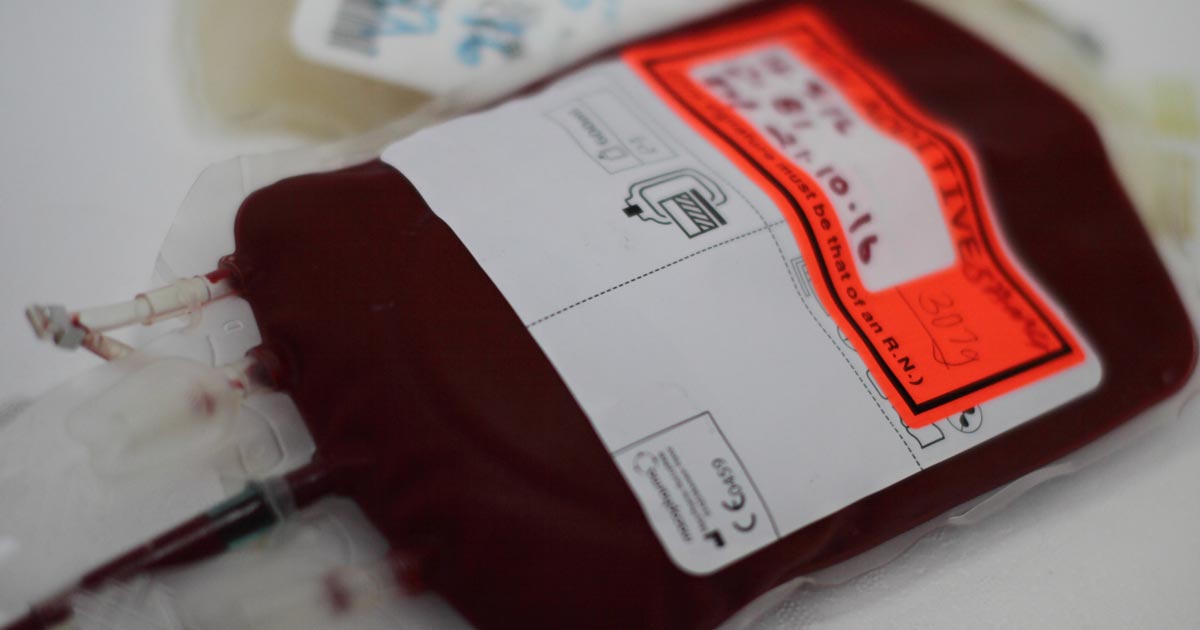
Blood transfusions, pt 2: what do I give?
—
by
To make the most of a precious resource, donated blood is often separated into two components: red blood cells (packed red cells) and plasma (fresh frozen plasma, most commonly). This not only extends the life span of plasma component, but it also means you can pick and administer which component you need the most as…
-
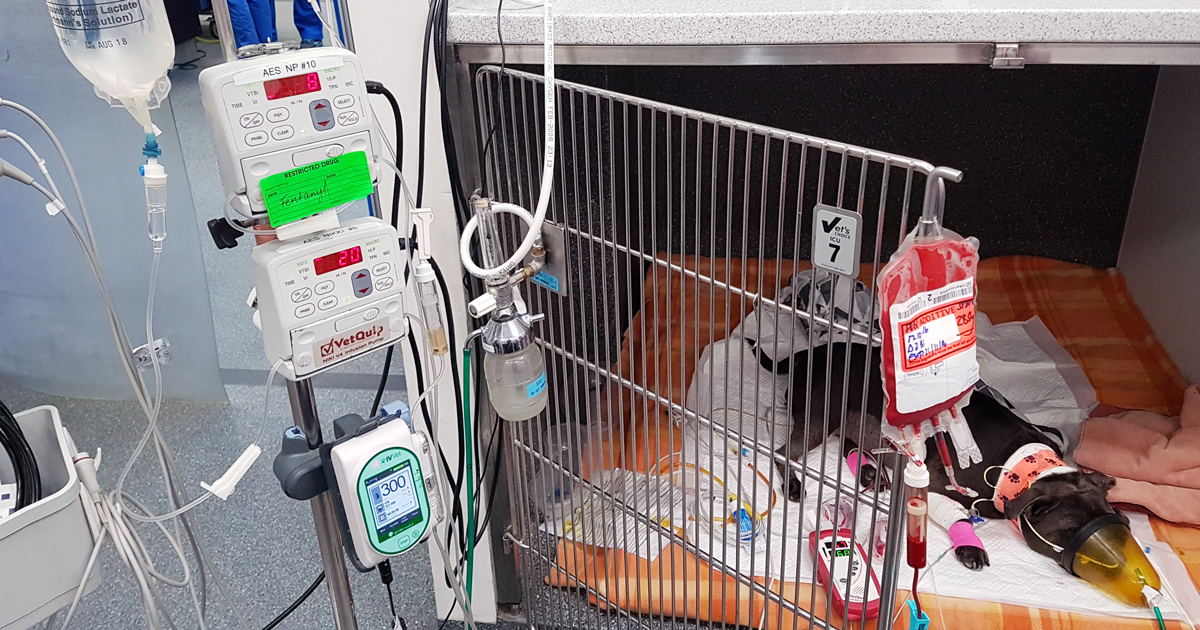
Blood transfusions, pt 1: clinical signs
—
by
I get asked frequently when is the right time to transfuse an anaemic patient? The difficulty lies in the fact not all anaemic patients require blood transfusions. Just because a patient has pale mucous membranes does not mean the patient needs a transfusion. The term commonly brought up during the discussion is “transfusion triggers present”.…
-

This long December
—
by
With 13 years as a blogger for Vet Times under my belt, you may think that writing comes easily, but this December it has felt very difficult to come up with a festive post. Previous articles have considered the chocolate etiquette of clinic life and the frozen turkey “gift” given to our team on Christmas…
-
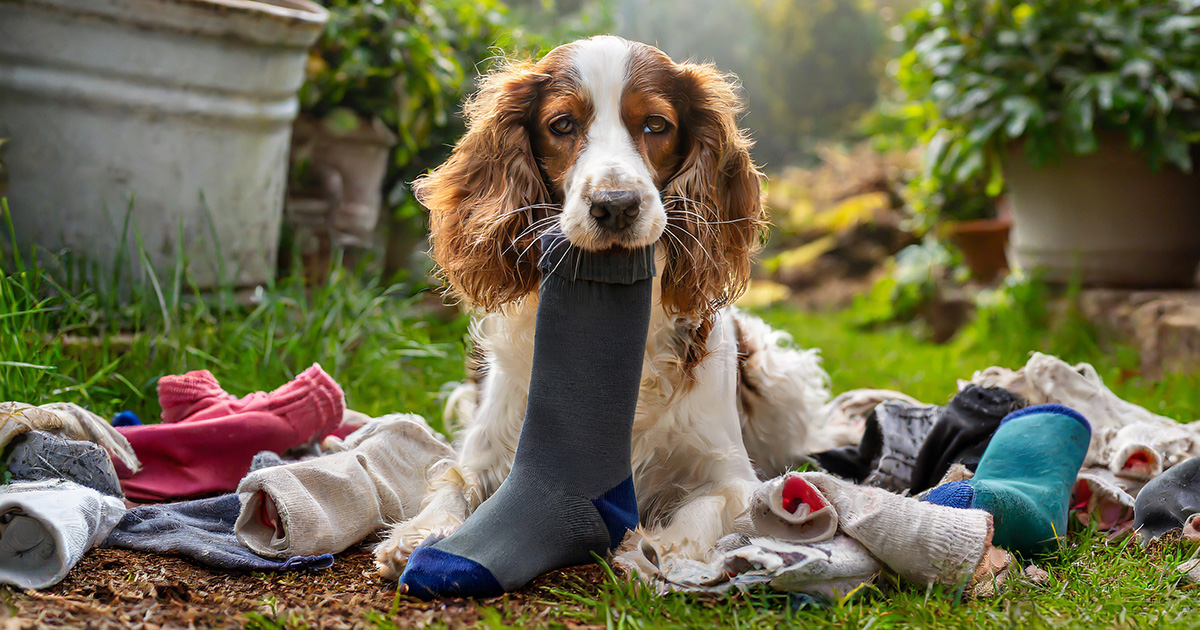
The lighter side of the ex lap
—
by
Let’s set the scene: It’s Friday afternoon, you’ve had the blocked cat and the chocolate-eating Labrador, your patients are comfortable, on fluids, settled, recovering. It’s been a hectic but manageable Friday, so let’s mop the floors and empty the bins with some banging tunes – come on Friday feels! Then the phone rings at 5.55pm.…